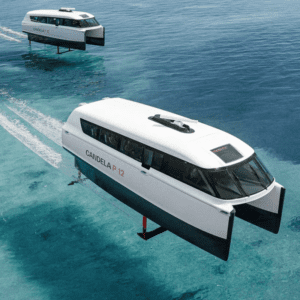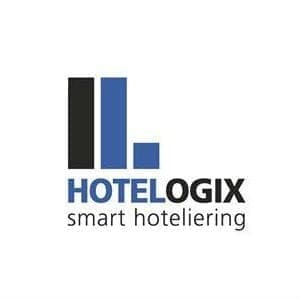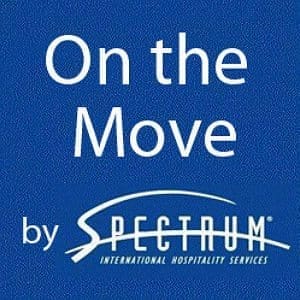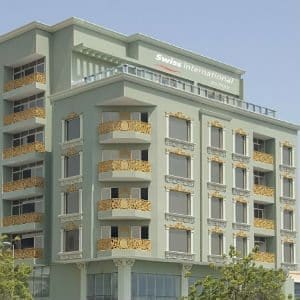Do different hotel management companies produce significantly different profit results for their owners? After accounting for differences in branding, location, property age and condition, market size, and property type, do different management companies still produce significantly different results? This article shows that the answer is: YES.
A really good hotel management company can deliver more profit per dollar of revenue generated by a hotel than a below-average management company. Hotel valuation depends substantially on the proven and potential net income a hotel property can produce. A really good management company helps to maximize net income and value for the owner. One of the most important ways they can do this is by controlling operating expenses at the hotel. Therefore, selecting a below-average management company versus a really good management company can mean millions of dollars of difference in value for an owner.
We have reviewed several thousand financial statements of hotels operated by different management companies and the results show a wide range in abilities to control expenses. To illustrate the importance of selecting a good management company, this article focuses on profit results from more than 400 Hampton Inn and Hampton Inn & Suites hotels around the United States. By focusing on one of the most standardized brands in the world, we argue that profitability differences due to branding, service level, chain scale, and amenities are already partially accounted for simply by focusing on a single brand. To account for differences in profitability resulting from location, market size, property age, and building condition, we have tracked each property’s Revenue Per Available Room (RevPAR) and compared it to each property’s Gross Operating Profit Per Available Room (ProPAR).
HVS has conducted research to evaluate the extent to which a strong management company can bolster profitability over a weak management company. To this end, we have evaluated hundreds of profit and loss statements from Hampton Inns across the United States. Hampton Inn was chosen for our study because it is one of the most standardized brands in the world. After normalizing for RevPAR, the difference from one Hampton Inn to the next is relatively minimal due to the brand’s high degree of standardization. However, some Hampton Inn properties are showing considerably higher profit levels than others at the same RevPAR level. Due to the standardized brand, one likely explanation for the variance is the performance of the management companies and their ability to control expenses.
Management skill can drive hotel values
The following chart illustrates the ProPAR and RevPAR levels of more than 400 Hampton Inn and Hampton Inn & Suites properties located in the United States. Referring to the black trend line, you can determine what average profit levels could be expected for a Hampton Inn, given any RevPAR level shown. The blue scatter plot dots illustrate the variance in profitability that an owner could experience depending on whether they select a really good or a really bad management company.
The mean RevPAR over the data set is approximately $71.86 with a standard deviation of approximately $18.29. The mean ProPAR over the data set is approximately $11,687.22 with a standard deviation of approximately $4,491.69. So, an owner of a Hampton Inn in the United States, generating a RevPAR of about $72, on average, could expect the property to generate roundly $12,000 of gross operating profit per available guestroom.
However, looking at just the hotels producing RevPAR in the range of $71 to $74, we observed ProPAR ranging from about $9,000 to $14,000. Therefore, our data strongly suggests that difference in management skill is contributing to very different results when comparing highly similar assets at equivalent RevPAR levels.
Even after normalizing more than 400 properties for branding and RevPAR, a significant amount of performance variation still exists. We conclude that the quality of each property’s management company may explain much of the remaining difference in performance. We recognize that certain items, such as an unexpected maintenance expense, could explain variations in profitability, even after normalizing for brand and RevPAR. However, the degree of variability observed led us to conclude that management skill is likely a key variable in explaining the profitability differences illustrated in the preceding chart.
For illustration purposes, let’s suppose Hampton Inn properties are valued at 8.5 x gross operating profit. Drawing from the example above, two investors own similar Hampton Inn properties in similar markets that both generated RevPAR of roundly $72 in 2013. One investor’s Hampton Inn, with ProPAR of $9,000, would be valued at $76,500 per room. The other investor’s Hampton Inn, with ProPAR of $14,000, would be valued at $119,000 per room. Since management skill is likely a key factor in explaining the difference in profit results, then, it appears that picking the right management company is a very important decision owners face and this decision could significantly affect the value of an owner’s hotel investment.
About the authors
Todd Isenstadt is an analyst at the HVS Chicago office, where he specializes in hospitality industry research. Mr. Isenstadt graduated with honors from the College at the University of Chicago, where he majored in philosophy.
Hans Detlefsen, MPP, MAI is Managing Director of HVS’s Chicago office, specializing in hotel consulting and valuation. He holds a Masters Degree in Public Policy from the Harris School of Public Policy Studies at the University of Chicago, where he received the Harris Fellowship. He graduated magna cum laude from the University of Notre Dame with a Bachelor of Arts in Government and Economics.
HVS Chicago specializes in hotel consulting and valuation. Its clients include investors, lenders, rating agencies, buyers, sellers, government agencies, tax assessors, operating companies, and owners.












